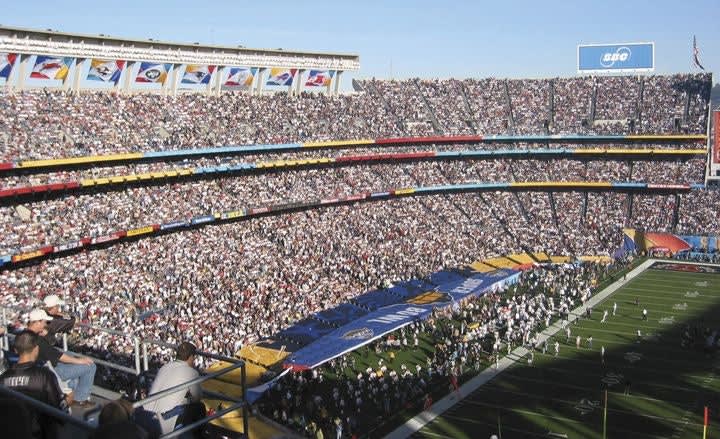In this system, field unit commanders, administrators, and emergency managers had to expand their understanding of local allied agencies' special capabilities, jargons, protocols, and procedures. Additionally, the methods individual agencies use for information exchange became a major concern. It was as if the decision makers had to learn three or four new languages. Fortunately, exercises and drills helped the responders find methods of coordination to further facilitate the integration of field unit capabilities.
As the big day approached, the unified response team concept became more accepted and familiar to all of the planners. But one critically important element was overlooked. It was a resource that all law enforcement officers are familiar with and use daily in our work, the community.
Other government and public safety agencies have not been practicing community-oriented or neighborhood-based strategies as we, in law enforcement, have for years. Consequently, because of their lack of familiarity with community resources, the planners did not integrate the extensive resources available within the private sector of our community. That changed quickly once the planners realized how much the public and private sector companies could bring to the table.
In the case of Super Bowl XXXVII, the resources of the community and businesses were considerable and essential to maintaining security. It's important to note here that the "community" in this case is not just San Diego. For a national event the size and scope of the Super Bowl, the community expands to encompass the entire nation.
San Diego security and safety planners were able to establish informal partnerships with a number of local, state, and federal private sector organizations. These included academia, industry, and non-law enforcement federal government agencies.












